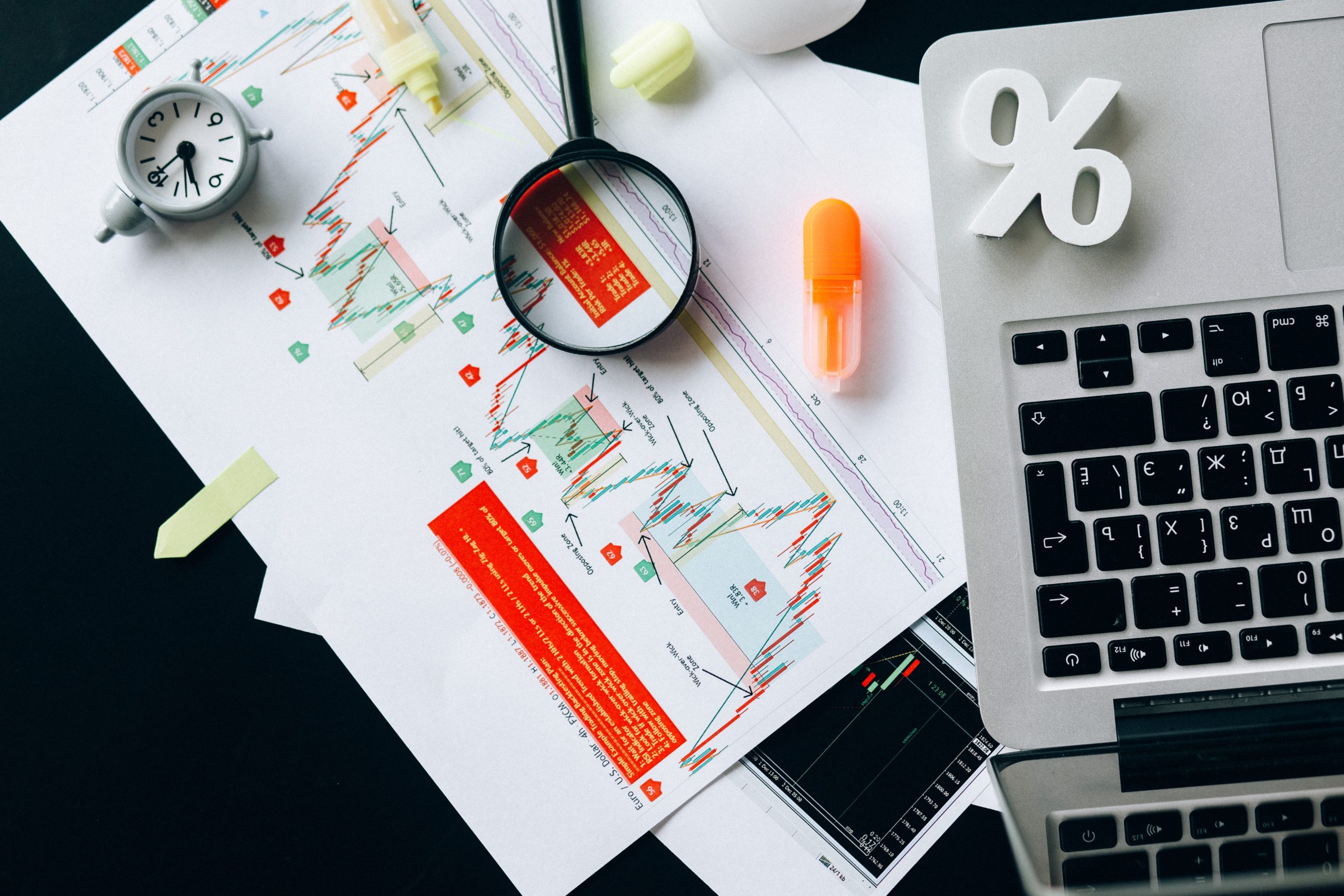In May, Retail inflation went to a six-month high making the food and fuel pricey, while wholesale inflation in May hit a fresh spike of 12.9%, indicating the strengthening of price pressures in an economy that is battling to return to track post-covid-19 the second wave.
According to the data released by the National Statistical Office (NSO) on Monday, inflation, as measured by the consumer price index (CPI), reached 6.3% in May, higher than the 4.2% recorded in April. The food price index stood at 5% in May whereas it was only 2% in April.
Rural inflation remained at a high of 6.5% while urban stood at 6%. Retail inflation crashed the upper ceiling of the Reserve Bank of India’s inflation target after it remained within the target bracket for five months. Core inflation, excluding food and fuel, has reached a high of seven-year.
Aditi Nayar, chief economist at ICRA Ratings, said, “We have raised our forecast for the FY22 average retail inflation to at least 5.4%. However, we believe the monetary policy committee will demonstrate a high tolerance even if the average retail inflation ranges between 5.5-6% in FY22, given the uncertainties regarding the growth outlook. Therefore, we continue to expect a status quo on the repo rate and a continuation of the accommodative stance through 2021,” she added.
Among the sub-groups, major inflation in the prices was observed all across the sections. While vegetable prices fell almost two per cent in May 2021 compared to the corresponding month last year, the prices of fruits shot up nearly 12 per cent. The prices of eggs shot up almost 15 per cent, and oil and fats nearly 31 per cent.
Inflation for pulses and products climbed to 9.4 per cent, while that of non-alcoholic beverages reached 15 per cent. Edible oil prices are soaring high due to a range of factors, including a rise in global price, and has become a matter of concern for several households.
For some non-food items, there was a steep rise, with fuel and light registering a high of 11.6 per cent, and transport and communication at 12.4 per cent.
“On the other hand, the rising trajectory of international crude prices within a broad-based surge in international commodity prices and logistics costs is worsening cost conditions. These developments could keep core price pressures elevated, although weak demand conditions may temper the pass-through to consumer inflation,” RBI said.

